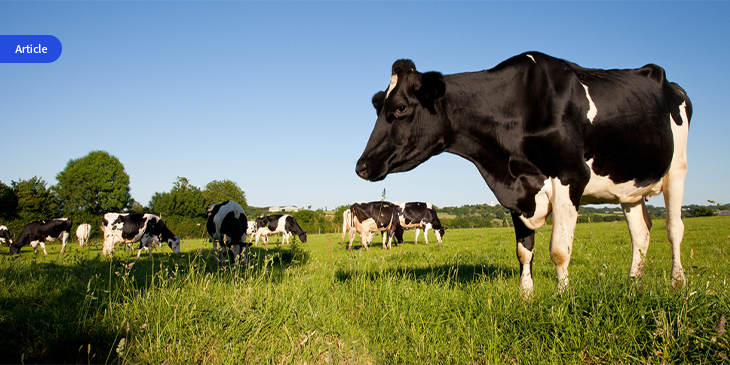Article by latest.insure
In the wake of the second La Niña weather pattern in a row and a fair chance of another one in the wings, how can farmers improve their pasture growth over winter?
If your pasture growth rates have been lacklustre this autumn, try boosting them by following these tips.
Grazing management
Agriculture Victoria suggests these options:
- Grazing. Put your herd or mob onto a paddock for two, rather than eight, days and compare the pasture growth rate a month later
- Look to creating cell grazing options by running temporary troughs off your main one and moving temporary fencing accordingly. Create a laneway with electric fencing
Urea
Once you’ve soil tested for nutrient deficiencies, it’s time to review your fertiliser application. Consider topdressing your paddock with urea for nitrogen, as it’s less likely to leach and cause denitrification. This is when it chemically converts soil nitrates or nitrites into gases your soil can’t use. Despite the expected pasture growth, you may still need to supplement feed with hay, though.
Ideally, you can apply urea within a few days of up to 10mm rain. That soil moisture helps wash the nitrogen into the soil. It also stops ammonia – from the degraded nitrogen – from being released into the air.
Keep stock off the paddock a week before applying fertiliser until there’s at least 800kg DM/ha feed available. Aim to use 40kg to 50kg of urea per hectare.
Then, keep the paddock stock-free for three weeks after applying urea. If they graze before then, they risk nitrate toxicity leading to death from anoxia.
Gibberellic acid
A natural plant hormone, gibberellic acid, can help when winter is at its coldest. You’ll see it at work when plants grow rapidly but have a lighter colour, which has no impact on the feed quality.
- Phalaris-based pastures – apply 2.5g to 10g of gibberellic acid in 100L of water, and
- Perennial ryegrass, annual ryegrass, or cocksfoot dominant pastures would need an application of between 10g and 20g acid per 100L of water.
You’ll see a response in growth within a week, and this will stop at about the three-to-four-week mark.
The above recommendations are conditional, though. The application won’t make a difference if the daytime air temperatures exceed 15oC because the plants will make enough of this acid on their own.
You’ll need adequate soil moisture to support growth – hold off your application until it improves. Find out more about this useful addition to your pasture from Meat & Livestock Australia.
Do you have crop insurance?
Once you’ve refreshed your approach to grazing systems and fertiliser applications, it’s important to ensure your insurance is adequate and up to date.
Major perils can happen, including hail, fire, damage from chemical over-spraying or straying livestock, and even damage to your harvested crop on-farm or in transit. Manage the risks of those perils – from seed germination to crop delivery – with crop insurance.
Insurers usually allow you to defer your premium payment until after harvest.
We can find the best-fit policy for your unique farming business. At McKenzie Ross Business Insurance Brokers, we’re also happy to answer your questions and offer you insights into risk management. We draw on the risk management knowledge of our network across the country who work with those who grow their own feed for stock.
Our combined knowledge means you’ll be ready for whatever weather patterns head your way.


